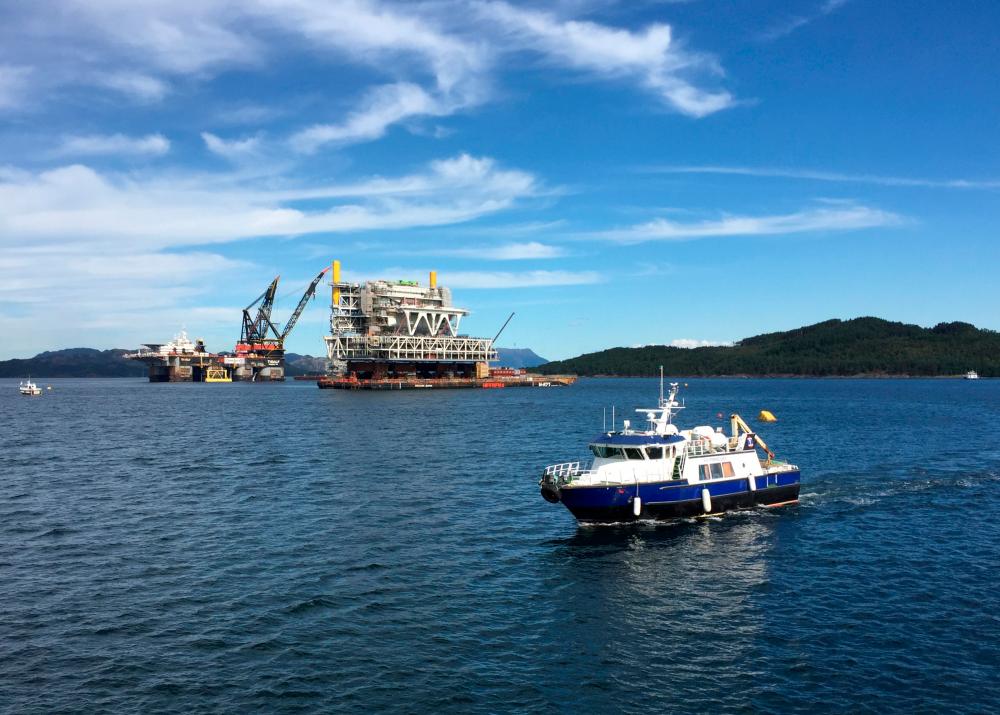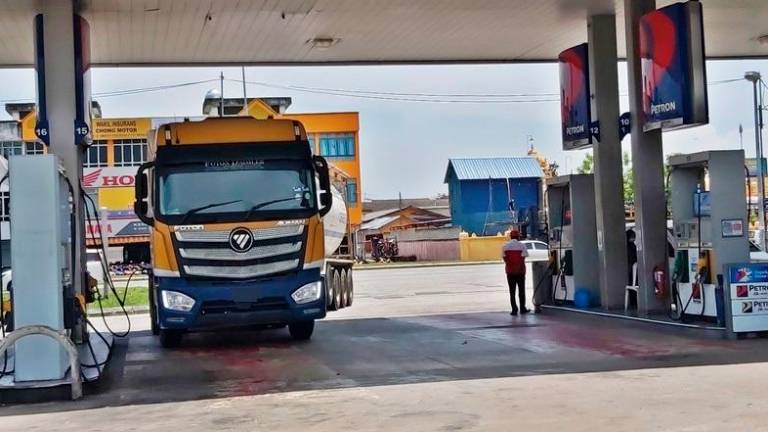LONDON: Oil prices are likely to be extremely volatile in the next few years, driven by supply constraints rather than demand as financing for new production evaporates in favour of renewables, US-based Castleton Commodities International said.
“You could see spikes to even higher than US$100 (RM411) a barrel, even US$130, and you could also see it go down to US$35 a barrel for periods of time going forward,“ William Reed II, CEO of Castleton, told the FT Global Commodities Summit. “The question is what happens first. Peak demand or peak investment?”
His comments echo those of European rivals who see a return to US$100 per barrel oil as a real possibility. Oil has not been above US$100 or even US$90 a barrel since a sharp downturn in 2014 when the rise of US shale oil convulsed global markets.
Reed said an immediate decarbonisation of the world was risky and not possible. He sees Castleton continuing to focus on natural gas and power markets as demand for these will rise with the energy transition. Picking new investments has become more of a challenge in terms of making sure they meet the returns hurdle and do not become stranded in the transition.
Reed sees a longer term role for natural gas for heating and electrification, adding that Castleton was looking to reduce the carbon footprint of its natural gas with investments in hydrogen and a carbon capture pipeline.
He said the oil price rebound was not linked to a broader super cycle as it moves around the US$70 a barrel mark.
Metals like copper and aluminium recently hit multi-year highs and new infrastructure needs to meet power demands in the energy transition are set to spur even higher prices.
“You’re seeing a recovery from Covid ... These (oil) prices of US$60 or US$70 (a barrel) are not that shocking. We’ve been in that neighbourhood for quite a while, that’s quite middle of the road,“ he said.
He expects demand to be largely back to pre-Covid levels by the end of this year, depending on the oil product, the risk of Covid variants and emerging market access to vaccines.
Oil prices gained for a fifth day on Wednesday, climbing towards US$75 a barrel to its highest since April 2019, supported by a recovery in demand from the pandemic and a drop in US crude inventories.
The American Petroleum Institute reported US crude inventories fell 8.5 million barrels, two market sources said, more than analysts forecast.
Brent crude was up 15 cents, or 0.2%, at US$74.14 a barrel by 1330 GMT, and earlier reached US$74.73, the highest since April 2019. US crude slipped 2 cents to US$72.10 having hit US$72.83, the highest since October 2018.
“Demand growth is outpacing supply and will continue to do so over the coming months,“ said Stephen Brennock of oil broker PVM.
Brent has risen 44% this year, supported by supply cuts led by the Organization of the Petroleum Exporting Countries and allies, known as Opec+, and a demand recovery expected to gather pace in the second half.
Despite some easing of last year's record output cuts made when the pandemic took hold, Opec+ is still withholding millions of barrels of daily supply from the market.
“Even non-energy traders are placing bets that oil prices will continue to rise,“ said Edward Moya, senior market analyst at brokerage OANDA.
Executives from major oil traders said on Tuesday they expected prices to remain above US$70 and demand to return to pre-pandemic levels in the second half of 2022.
At the same time, the prospect of an imminent rise in Iranian oil exports looks less likely, analysts said. Indirect talks between Tehran and Washington on resuming the 2015 nuclear accord resumed in Vienna on Saturday.
“Ongoing efforts to revive the Iranian nuclear deal have so far failed to bear any fruits,“ PVM’s Brennock said. – Reuters










